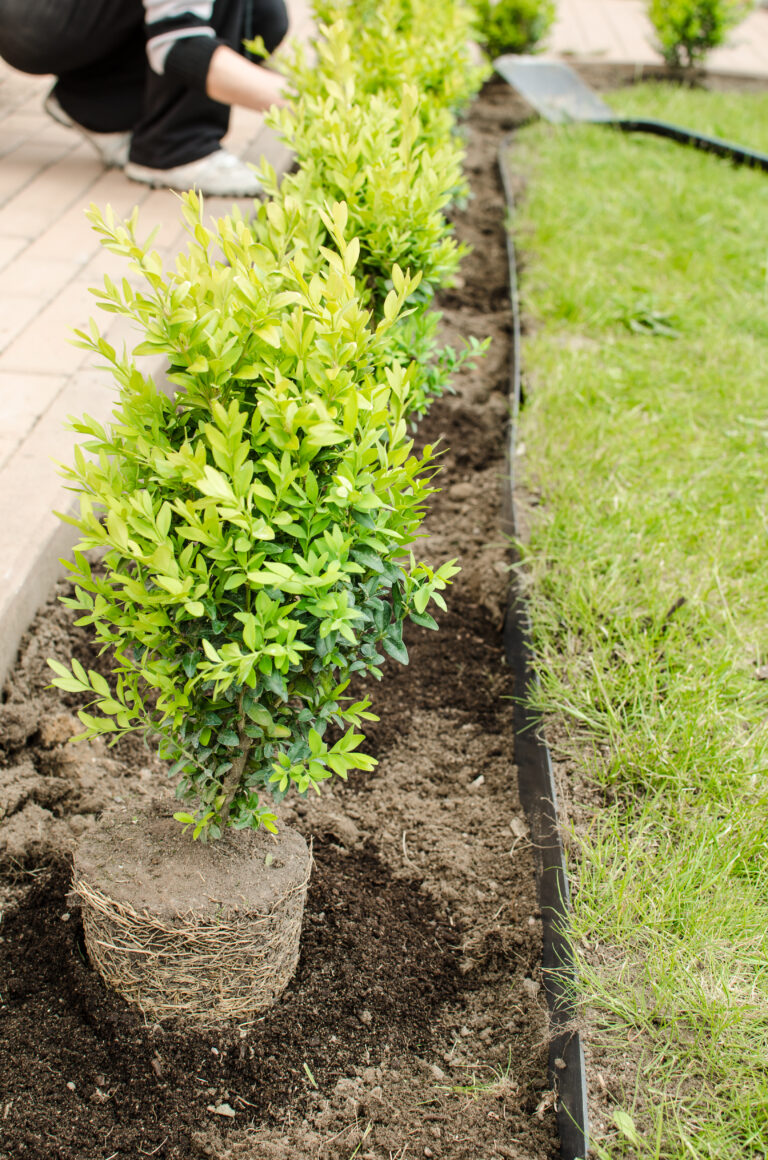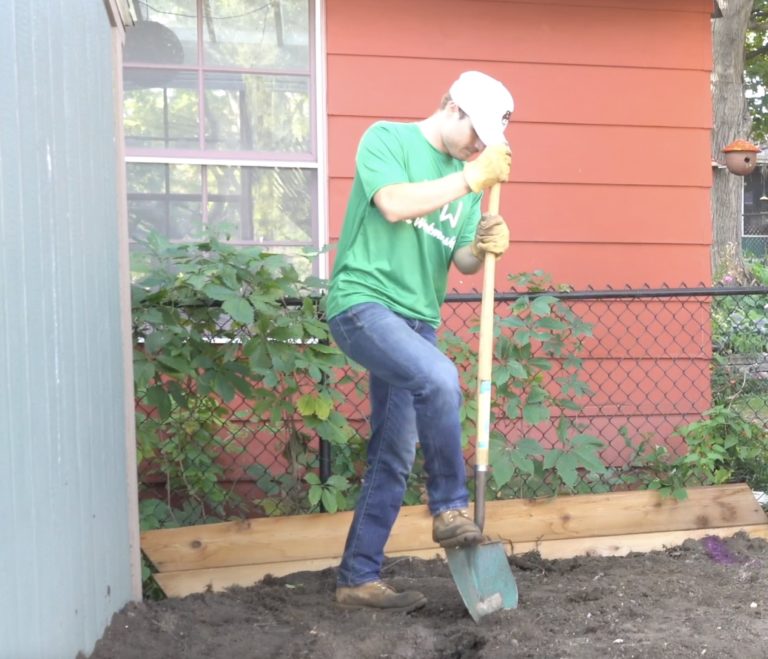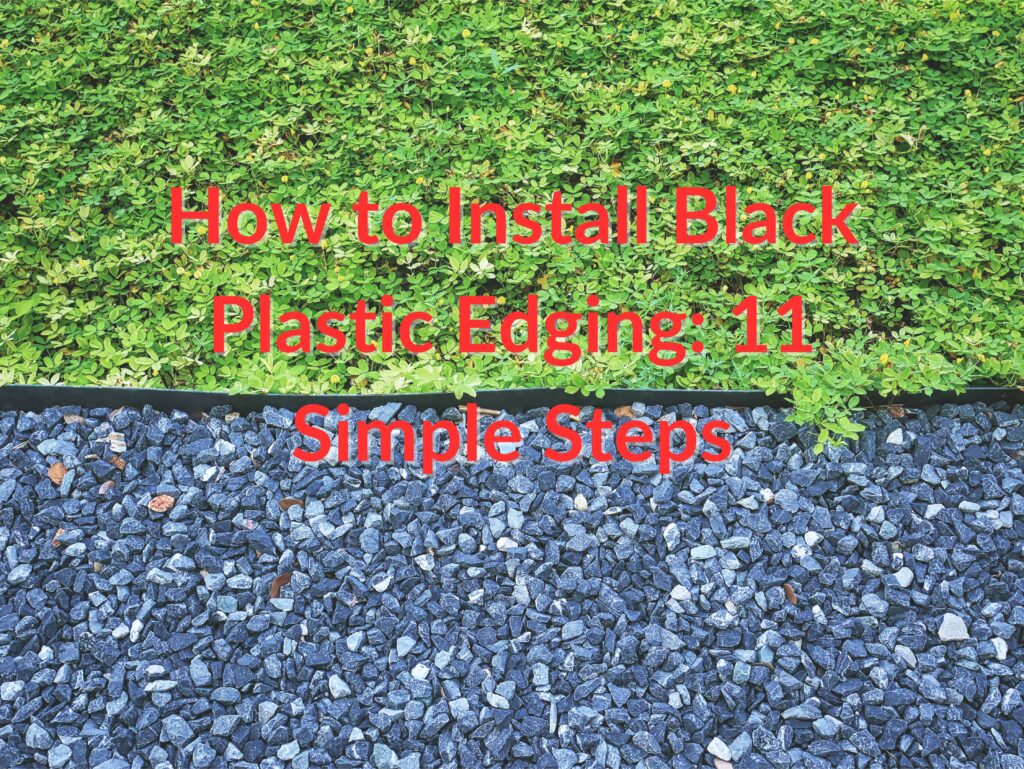Table of Contents
Black plastic edging is an essential tool for maintaining the structure and beauty of your outdoor spaces. It serves as a physical barrier between different landscaping elements such as flowerbeds, grass, and walkways. By keeping mulch, soil, and gravel neatly contained, edging helps to prevent weeds from spreading and stops grass from creeping into flowerbeds, providing a clean, organized appearance to your yard. Beyond aesthetics, it also reduces maintenance time, making it a valuable addition to your landscape design.
Whether you’re installing new edging or replacing old borders, black plastic edging is an affordable, flexible, and durable choice. It can curve easily around garden beds or provide straight lines along walkways and driveways. Installing it yourself is a manageable task that can be completed with a few basic tools. Below, we’ll guide you through 11 detailed steps that will help you install black plastic edging like a pro, even if you’ve never tackled a landscaping project before. If you’d like to explore more about which edging is best?, read our blog Plastic vs. Pavers vs. Concrete vs. Natural: Which Edging is Best?

How to Install Black Plastic Edging: 11 Detailed Steps
Step 1: Plan the Layout
Step 2: Gather Your Tools and Materials
Having the right tools on hand will make the installation process smoother and quicker. Along with the black plastic edging itself, you will need:
- Black plastic edging: Usually sold in rolls, so measure your garden area to determine how much you need.
- Stakes: Often included with the edging, but you can buy additional ones for extra stability.
- Spade or flat shovel: For digging a trench along the border.
- Utility knife: For trimming excess edging material.
- Hammer or rubber mallet: To drive stakes into the ground.
- Measuring tape: To ensure accurate placement and consistent trench depth.
- Gloves and safety gear: Optional but recommended for protection while handling tools and materials. Having everything ready ahead of time reduces interruptions and ensures you can move from one step to the next without delays.
Step 3: Mark the Edging Line
Step 4: Dig a Trench




